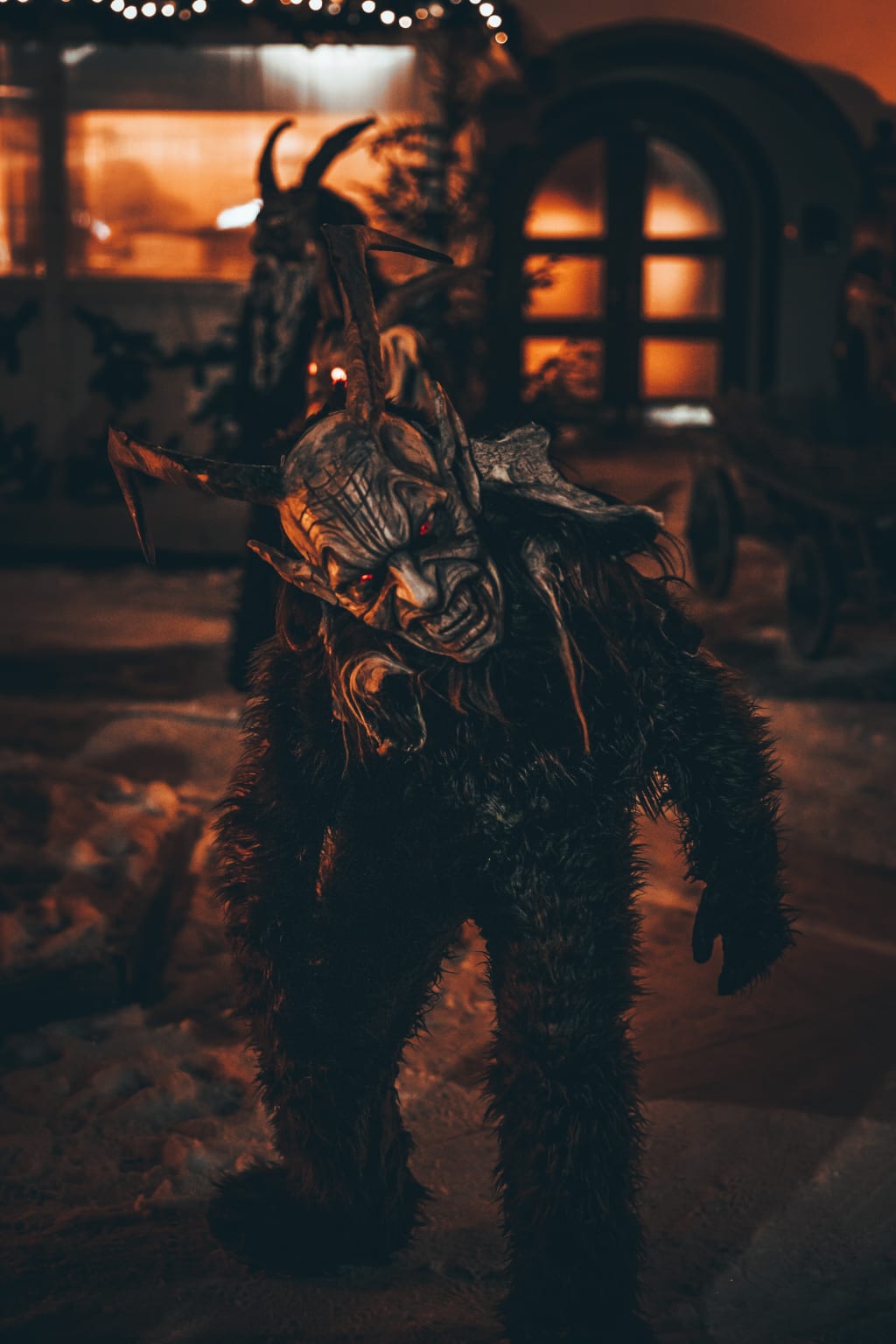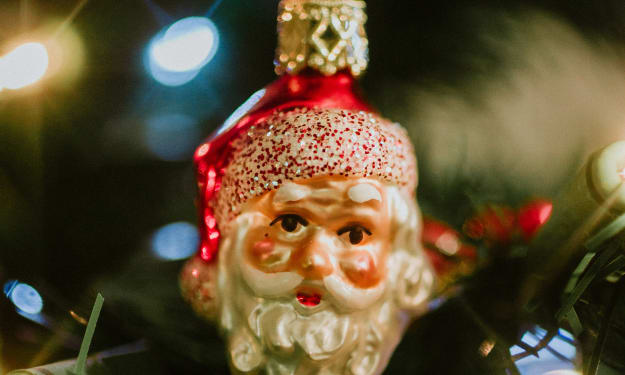
Have you ever pondered the enigma of who punishes the naughty children while Santa Claus rewards the well-behaved ones? Brace yourself as we embark on a chilling exploration into the mysterious origins of Krampus—a half-goat, half-demon entity, feared as much as he is fascinating. Krampus, believed to be the dark counterpart to the jolly St. Nicholas, emerges as a figure doling out punishment to mischievous children while Santa bestows gifts upon the virtuous. The roots of this intriguing character stretch back to pre-Christian Alpine traditions, predating Christianity and intertwining deeply with the mystic folklore of Alpine regions.
Depicted as a beastly creature with cloven hooves, horns, and a long pointed tongue, Krampus serves not only to frighten children into good behavior but also symbolizes the harsh winter season. As Christianity spread across Europe, Krampus evolved, becoming a sinister companion to St. Nicholas. While St. Nicholas visited children on December 6th (St. Nicholas's day), Krampus made his ominous appearance the night before, marking the infamous Krampusnacht. On this night, Krampus would visit the homes of naughty children, leaving behind birch sticks as a warning. For the exceptionally mischievous, a far more bone-chilling fate awaited—being stuffed into Krampus's sack and vanishing into the night.
Krampus's tale serves as a stark reminder of the duality of human nature, emphasizing the balance between good and evil, reward and punishment. A narrative spun over centuries, the legend of Krampus continues to be part of traditions even today, perpetuating a creature feared by those who dare to misbehave. Join us as we delve into the bone-chilling legend of Krampus, a creature that transcends time and tradition.
The myth of Krampus is as ancient as shadows, woven into the blackened threads of European folklore. Standing as a terrifying contrast to the kindly St. Nicholas, Krampus is a monstrous figure etched into nightmares—a beast with forbidding horns, a grotesque serpentine tongue, and cloven hooves. Beyond a figment of imagination, Krampus embodies yuletide terror, symbolizing the perpetual struggle between good and evil during the mirth of Christmas. While St. Nicholas rewards obedient children, Krampus lurks in the shadows, punishing those who deviate from the path of righteousness.
Legend foretells that on the eve of St. Nicholas's day, Krampus prowls the streets clad in dread. The clatter of chains and the crack of his birch branch whip echo through the silent night, announcing his ominous presence. This eerie sound serves as a chilling warning to all children who have strayed from virtue. For the mischievous, Krampus delivers stinging blows with birch branches—a tormenting reminder of their misdemeanors. However, for the truly wicked, Krampus reserves a terrifying fate, involving a sinister sack or chilling wash tub, tools to abduct the most defiant children. These unfortunate souls are transported to his lair, a place echoing with unspeakable terrors, where they are rumored to meet horrifying ends.
Krampus's tale extends beyond a mere story to frighten children. It reflects the duality of human nature, underscoring the balance of light and darkness within us. Embedded in the cultural psyche, especially in Alpine regions like Austria and Germany, the fear of Krampus manifests during the dreaded Krampusnacht, where men transform into the beast, spreading fear among children and adults alike.
Why does such a terrifying figure exist amidst the season of joy and goodwill? The answer lies in our cultural and sociological contexts. Krampus is not just a chilling tale but a symbolic embodiment of societal mechanisms. The yuletide season, a time of generosity and love, also succumbs to excess and indulgence. Krampus serves as a cautionary tale, deterring bad behavior when temptation peaks. The promise of Krampus's visit creates a stark contrast to the rewards bestowed by St. Nicholas, reinforcing the moral dichotomy of good versus evil, reward versus punishment.
Delving deeper, Krampus's folklore reflects societal norms, using the fear of punishment as a tool to maintain order. He personifies the consequences of straying from the path of goodness—a shadow to St. Nicholas's light. Beyond a figure of fear, Krampus symbolizes societal regulation and moral responsibility. He mirrors the complexities of human nature and societal structures, a testament to the power of folklore in shaping norms and behavior.
In recent years, Krampus has transcended folklore, clawing his way into popular culture. Featured in films, literature, and even holiday decorations, Krampus has become a celebrated icon. Horror films like "Krampus" (2015) and literature such as "Krampus: The Yule Lord" have contributed to his growing popularity. Krampus parades, where people dress up as the beast, further showcase his enduring impact.
The tale of Krampus persists, enduring through the ages due to its universality. A reminder of the consequences of misbehavior, the story evolves, reflecting societal changes while retaining its core elements. Krampus challenges perceptions of morality, justice, and the delicate balance between good and evil. As the Christmas season approaches, remember the tale of Krampus—a mirror held up to our actions and choices, urging us to embrace kindness and respect, lest we fall into the shadowy grasp of this enduring legend. Stay on Santa's nice list, for Krampus waits in the shadows, poised to torment those who ignore the spirit of Christmas.
About the Creator
Līva
World is interesting place. Scary, but worth living.
Nature is full of surprises and people are... well, people are something else.
Art is the best doctor.
Enjoyed the story? Support the Creator.
Subscribe for free to receive all their stories in your feed. You could also pledge your support or give them a one-off tip, letting them know you appreciate their work.





Comments
There are no comments for this story
Be the first to respond and start the conversation.